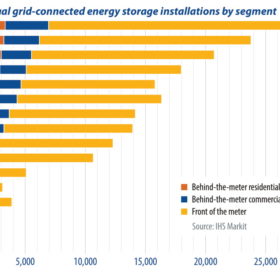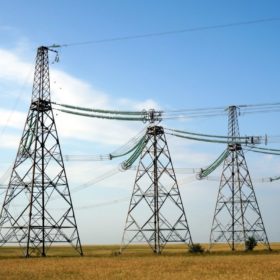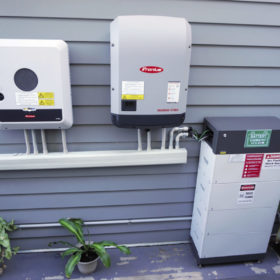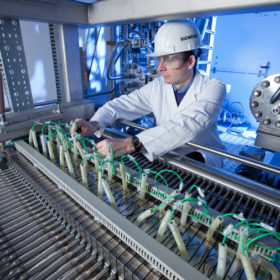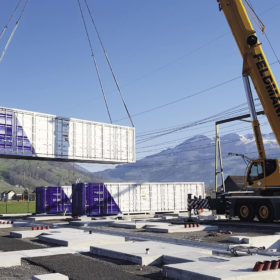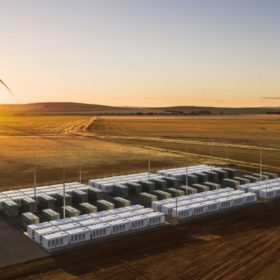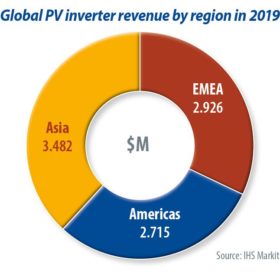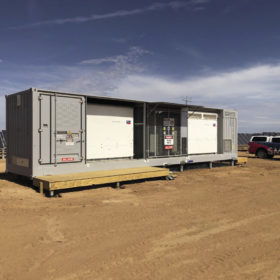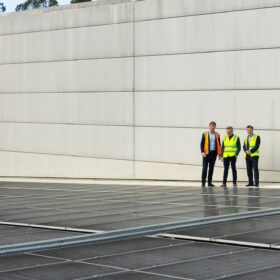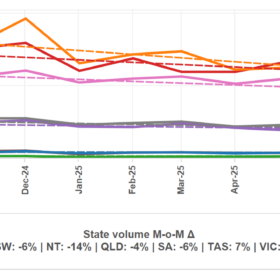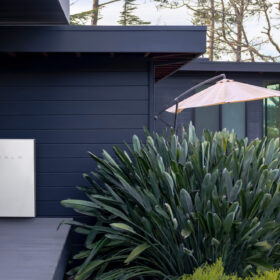Strong growth ahead for international battery storage markets
Annual battery storage installations will exceed 10 GW/28 GWh in 2021, following a particularly strong year in 2020, despite the challenges created by the global pandemic, writes IHS Markit analyst Mike Longson. Combined solar and storage will be a core focus for new deployment in 2021, as the front-of-the-meter and behind-the-meter energy storage markets are both expected to grow significantly in the months ahead.
The future of power electronics is distributed, aggregated and service oriented
IHS Markit released a white paper in which the analyst outfit shared some predictions for the power electronics market. First and foremost, inverters will become smarter, and after some power outages in key markets, these devices are gearing up to take on more grid stabilising tasks, which hitherto had been reserved for synchronous generators.
NT’s Home and Business Battery Scheme charging ahead
230 Northern Territory businesses have already received their vouchers for Australia’s most generous energy storage subsidity, the NT’s Home and Business Battery Scheme. The scheme, which is still open for applications until November 30, offers grants of $6,00 to homeowners and business owners to install solar and battery storage, or complement an existing solar system with a battery.
Weekend read: Vietnam’s most ambitious array
Could a single installation define a brief but explosive period of ambitious PV deployment? The massive 500 MW Dau Tieng solar array – among Southeast Asia’s largest PV installations – makes a strong case for being the most impressive project of Vietnam’s recent solar boom. But the allure of Dau Tieng is about much more than size – it’s about what’s beneath the PV modules.
UNSW researchers calculate the inevitability of green hydrogen
Researchers from the University of New South Wales have run the numbers, run them again, and then run them a third time to make triply sure. Australia’s solar resources and the rapidly falling costs of solar-powered hydrogen production mean that the future hydrogen economy is green whether the Morrison Government likes it or not.
Energy storage investment to approach $10bn in 2025
Analyst IHS Markit has predicted storage will rebound this year following its first year-on-year decline in 2019. The technology is being rolled out at pace despite Covid-19 with state-level policies set to keep the US the global capital for the next five years.
Energy storage and network reinforcement
As renewables penetration increases, transmission and distribution (T&D) infrastructure will require significant reinforcement. Battery storage is becoming a key alternative to traditional ways of reinforcing network infrastructure, because it is fast to deploy, can provide multiple services, and often comes at a lower capital cost. IHS Markit analyst Oliver Forsyth delves into the additional value streams that strengthen the case for grid-connected batteries.
Green hydrogen to reach price parity with grey hydrogen in 2030
IHS Markit’s latest report looks at a wave of new investments in large-scale projects. Economies of scale and technological improvements, as well as renewables deployment, could make green hydrogen price-competitive with grey and blue hydrogen.
Record shipments push global solar PV inverter market past $9 billion in 2019
The PV inverter market achieved record shipments in 2019, writes IHS Markit’s Miguel de Jesus, driven by booming shipments in key markets such as the United States, Spain, Latin America, Ukraine and Vietnam. Revenue rose rapidly, surpassing the $9 billion mark in 2019 for the first time.
Long read: Collaborative digital fixes for the energy transition
Straddling two state borders, the West Murray region in southeastern Australia has become a microcosm of technical challenges that can plague the energy transition. Faced with serious curtailment of solar farms in this electrically remote region, a remarkable inverter-based technical feat may have changed the game.
